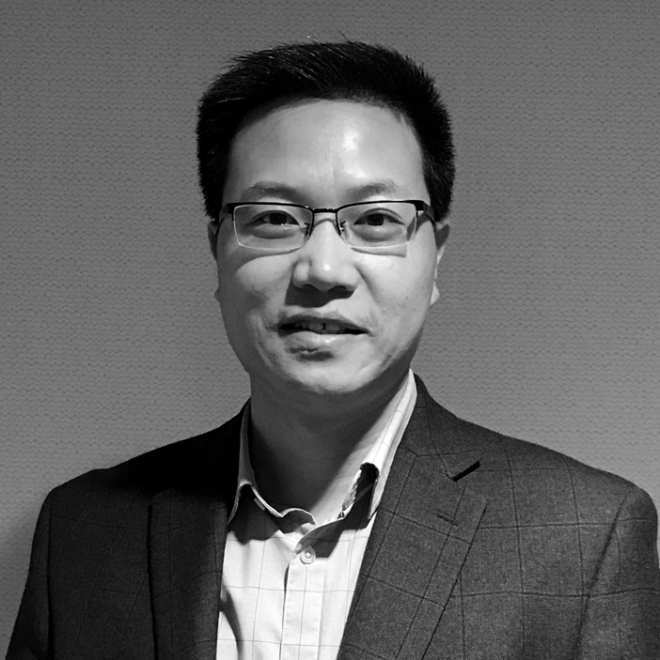Sur cette page
Publications
Selected publications:
- Liang W, Lu A, Davis DR. Induced Pluripotent Stem Cell-Based Treatment of Acquired Heart Block: The Battle for Tomorrow Has Begun! Circulation: Arrhythmia and Electrophysiology. 2017 May;10(5):e005331. doi: 10.1161/CIRCEP.117.005331.
- Hamel V, Cheng K, Liao S, Lu A, Zheng Y, Chen Y, Xie Y, Liang W. De Novo Human Cardiac Myocytes for Medical Research: Promises and Challenges. Stem Cells International. 2017;2017:4528941. doi: 10.1155/2017/4528941.
- Wolf AJ, Reyes CN, Liang W, Becker C, Shimada K, Wheeler ML, Cho HC, Popescu NI, Coggeshall KM, Arditi M, Underhill DM. Hexokinase Is an Innate Immune Receptor for the Detection of Bacterial Peptidoglycan. Cell. 2016 Jul 28;166(3):624-36. [Featured article on the cover]
- Liang W, Cho HC and Marbán E. Wnt signaling suppresses voltage-gated sodium channel expression in postnatal rat cardiomyocytes. Journal of Physiology, 2015;593:1147-1157
- *Ionta V, *Liang W, Kim EH, Rafie R, Giacomello A, Marbán E, Cho HC. Shox2 overexpression favors differentiation of embryonic stem cells into cardiac pacemaker cells, improving biological pacing ability. Stem Cell Reports, 2015;4:129-142. *equal contribution
- Xie Y, Ibrahim A, Cheng K, Wu Z, Liang W, Malliaras K, Sun B, Liu W, Shen D, Cho HC, Li T, Lu L, Lu G and Marbán E. Importance of cell-cell contact in the therapeutic benefits of cardiosphere-derived cells in cardiac repair. Stem Cells, 2014;32:2397-2406
- *Liang W, *Huang L, Zhao D, He JZ, Sharma P, Gramolini AO, Ward ME, Cho HC and #Backx PH. Swelling-activated Cl- currents and intracellular CLC-3 are involved in proliferation of human pulmonary artery smooth muscle cells. Journal of Hypertension, 2014;32:318-330. *equal contribution
- *Kapoor N, *Liang W, Marbán E and Cho HC. Direct conversion of quiescent cardiomyocytes to pacemaker cells by expression of Tbx18. Nature Biotechnology, 2013;31:54-62. *equal contribution. [cited by 141; Journal Impact Factor: 41.5]
- *Jadhav A, *Liang W, Bastin G, Kroetsch J, Balsevich J, Heximer S, Backx PH and Gopalakrishnan V. L-tryptophan ethyl ester dilates small mesenteric arteries by inhibition of voltage-operated calcium channels in smooth muscle. British Journal of Pharmacology, 2012; 166: 232-242. *equal contribution
- Liang W, Oudit GY, Patel MM, Shah AM, Woodgett JR, Tsushima RG, Ward ME and Backx PH. Role of PI3Kα, PKC and L-type Ca2+ channels in mediating the complex actions of angiotensin II on mouse cardiac contractility. Hypertension, 2010;56:422-429. Editorial in Hypertension, 2010;56:349-350.
- Liang W, Ray JB, He JZ, *Backx PH and Ward ME. Regulation of proliferation and membrane potential by chloride currents in rat pulmonary artery smooth muscle cells. Hypertension, 2009;54:286-293. *corresponding author.
- Tang G, Wu L, Liang W and Wang R. Direct stimulation of KATP channels by endogenous and exogenous hydrogen sulphide in vascular smooth muscle cells. Molecular Pharmacology, 2005;68:1757-1764. [cited by 255]


